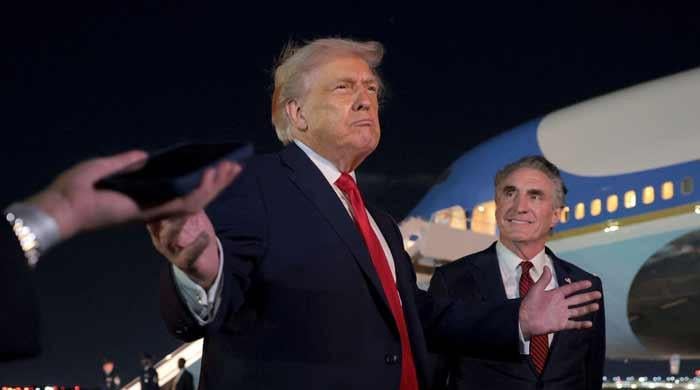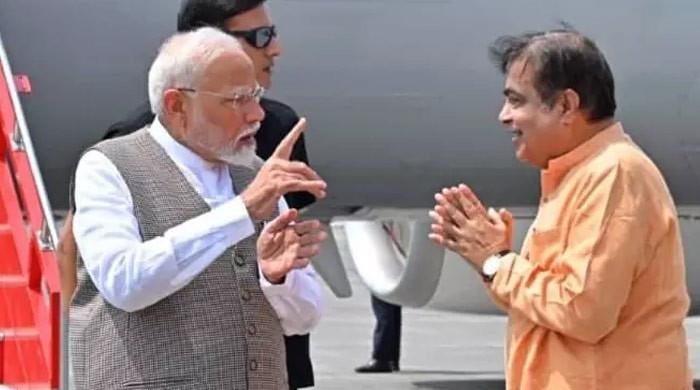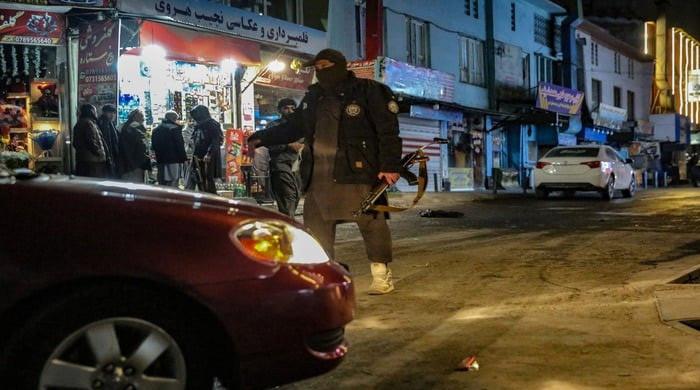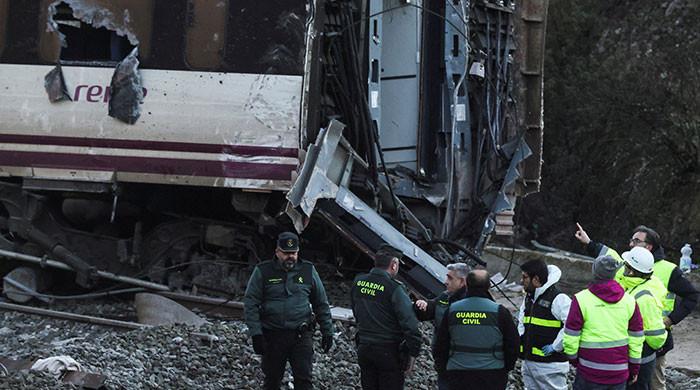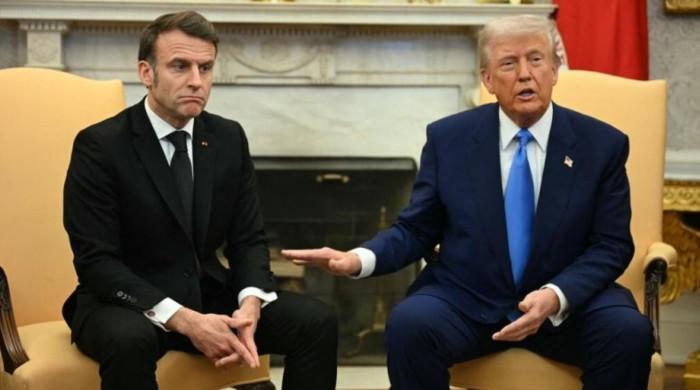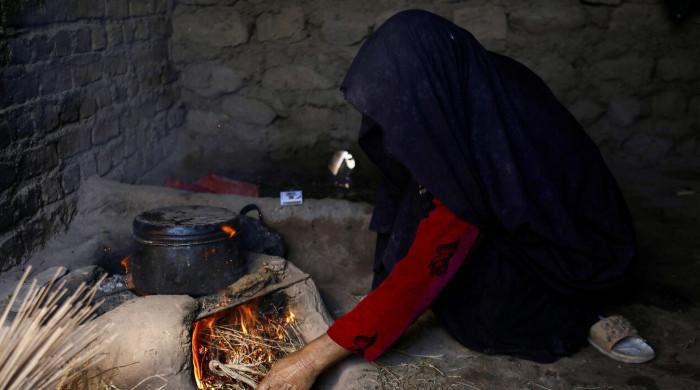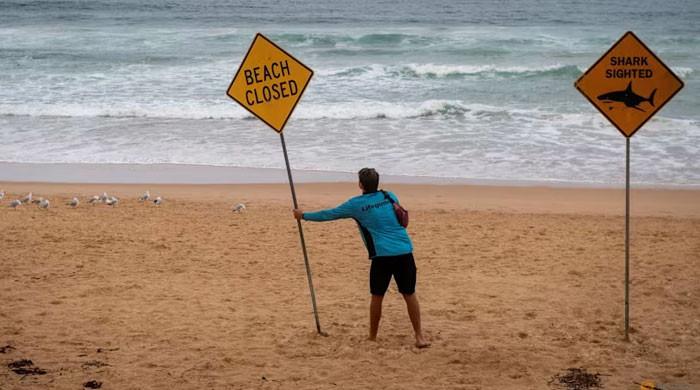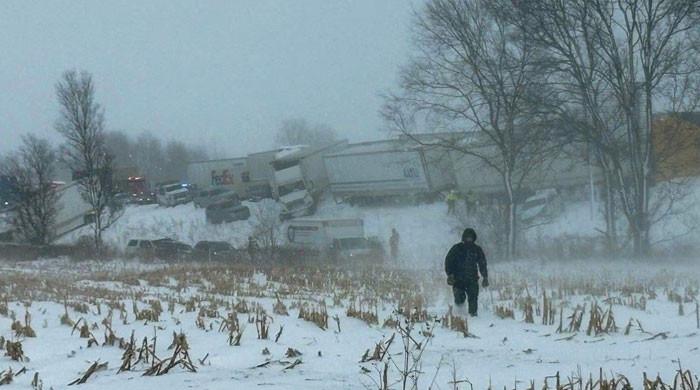The fall of Daesh's 'caliphate'
The loss of three major cities by Daesh and the battles that were fought during the year decimated the terror organisation
December 30, 2017
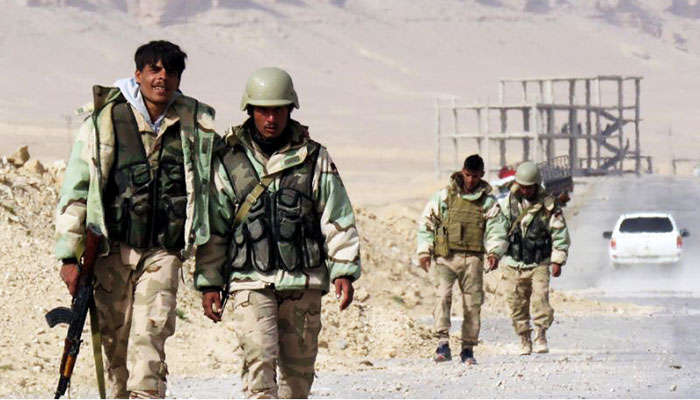
Daesh, which had proclaimed a so-called Caliphate in 2014 after the capture of Iraq’s Mosul, saw its fortunes dwindle in 2017.
From having controlled an area almost the size of Italy, Daesh lost control of its last urban strongholds during the year, effectively ending its caliphate.
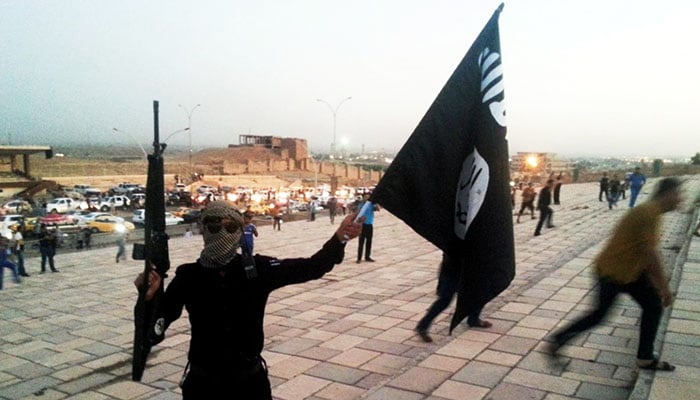
Starting 2014, the militant group achieved dominance across almost every province in Syria and across central and northern Iraq. In 2017, the losses suffered by the militant group accelerated and it lost large chunks of territory to Syrian and Iraqi government forces.
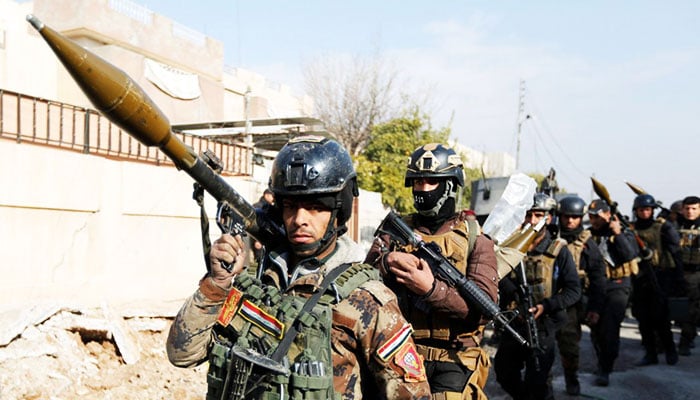
Mosul
In July, the Iraqi government finally announced the capture of Mosul, after nine months of gruelling house-to-house fighting.
The capture of Mosul by the Iraqi army dealt a major blow to Daesh. The city held huge symbolic value for the group. It was there that al-Baghdadi, leader of the militant organisation, declared a caliphate after his fighters took control of the city and swept through northern Iraq and Syria.
Mosul was tough going for Iraqi government forces and they had to battle against unconventional tactics used by the group, including suicide car bombs, drone attacks, human shields and tunnel networks.
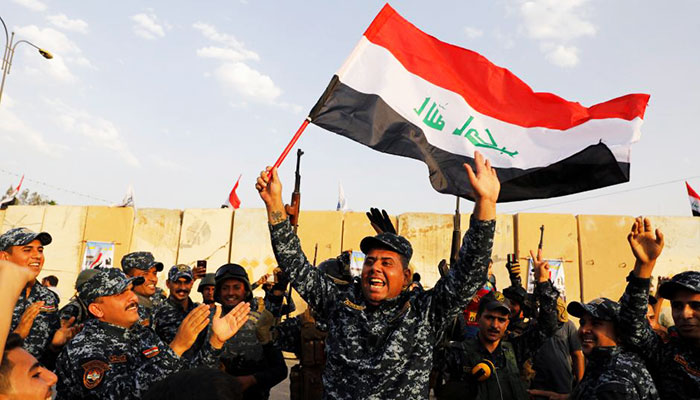
Mosul's fall to Daesh was a significant embarassement to the Iraqi government as a few hundred Daesh fighters, supported by sleeper cells in the city, had routed more than a division of the Iraqi Army. Its capture was a priority for the government. The victory came at a significant cost in treasure and blood.
Deir-ez-Zour
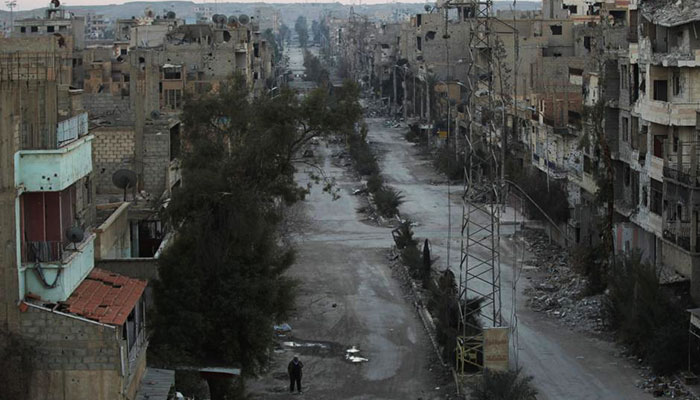
On the other side of the border in Syria, the Syrian Arab Army, supported by the Russian Airforce, liberated Deir-ez-Zour in September. The city had been surrounded and was under siege by Daesh forces for three years.
During those three trying years, the civilians and military forces besieged in the city were supplied from the air by Syrian, Russian and Iranian aircraft as all land routes were blockaded.
In a lightning advance through the desert, Syrian forces sallied forth from Palmyra and fought their way to the besieged city, relieving the defenders who for years had fought off savage attacks by Daesh militants.
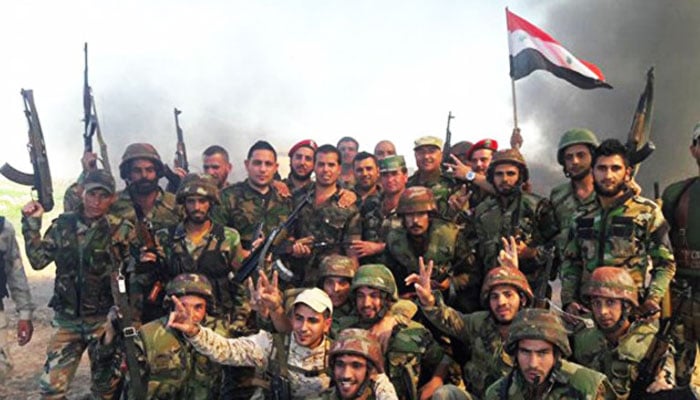
On November 3, the Syrian Army announced the complete liberation of the city from the terrorists.
With Daesh defeated, land routes were once again open to supple the defenders and the civilians of the city with much needed aid.
Raqqa
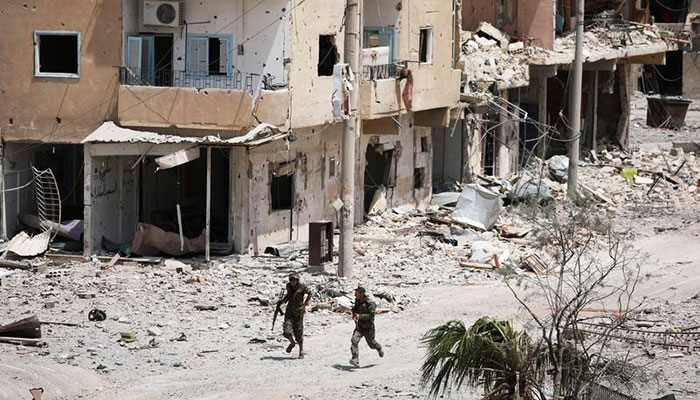
By October, the US-backed Syrian Democratic Forces (SDF) had captured Daesh’s de-facto capital of Raqqa. The fall of Raqqa pushed Daesh out of its last major urban stronghold.
The fighting was brutal, and the US-led coalition heavily bombarded the city. According to the United Nations, 80pc of the city became inhabitable by the time the battle ended.
In some of the toughest urban battles witnessed since the end of the Second World War, the terrorists proved to be stubborn defenders and at times could only be dislodged by heavy aerial bombardment.
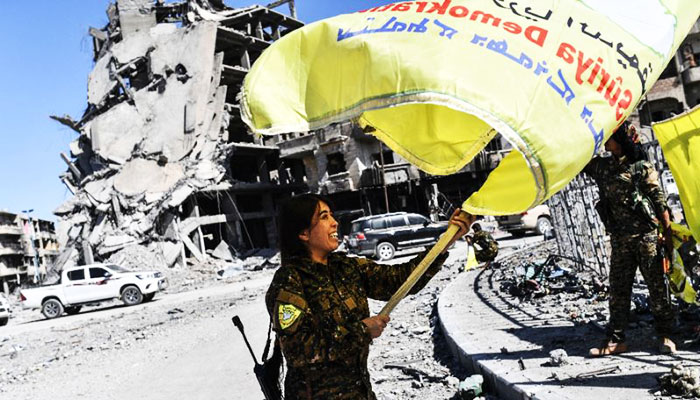
Without holding any significant urban terrain, the militant organisation’s so-called caliphate came to an end in 2017.
In a matter of four months, the militants had lost three of their most important cities. Under constant pressure in both Iraq and Syria, Daesh was reduced to a shadow of its former self, bringing its reign of terror to an end in the two war-torn countries.
Although the organisation has been decimated in the middle-eastern theatre, it still remains a threat and will now revert to traditional insurgent tactics, launching attacks through its sleeper cells in urban areas and from its desert hideouts.
Although the militant organisation has finished as it existed, it still remains a threat to the region and beyond.




